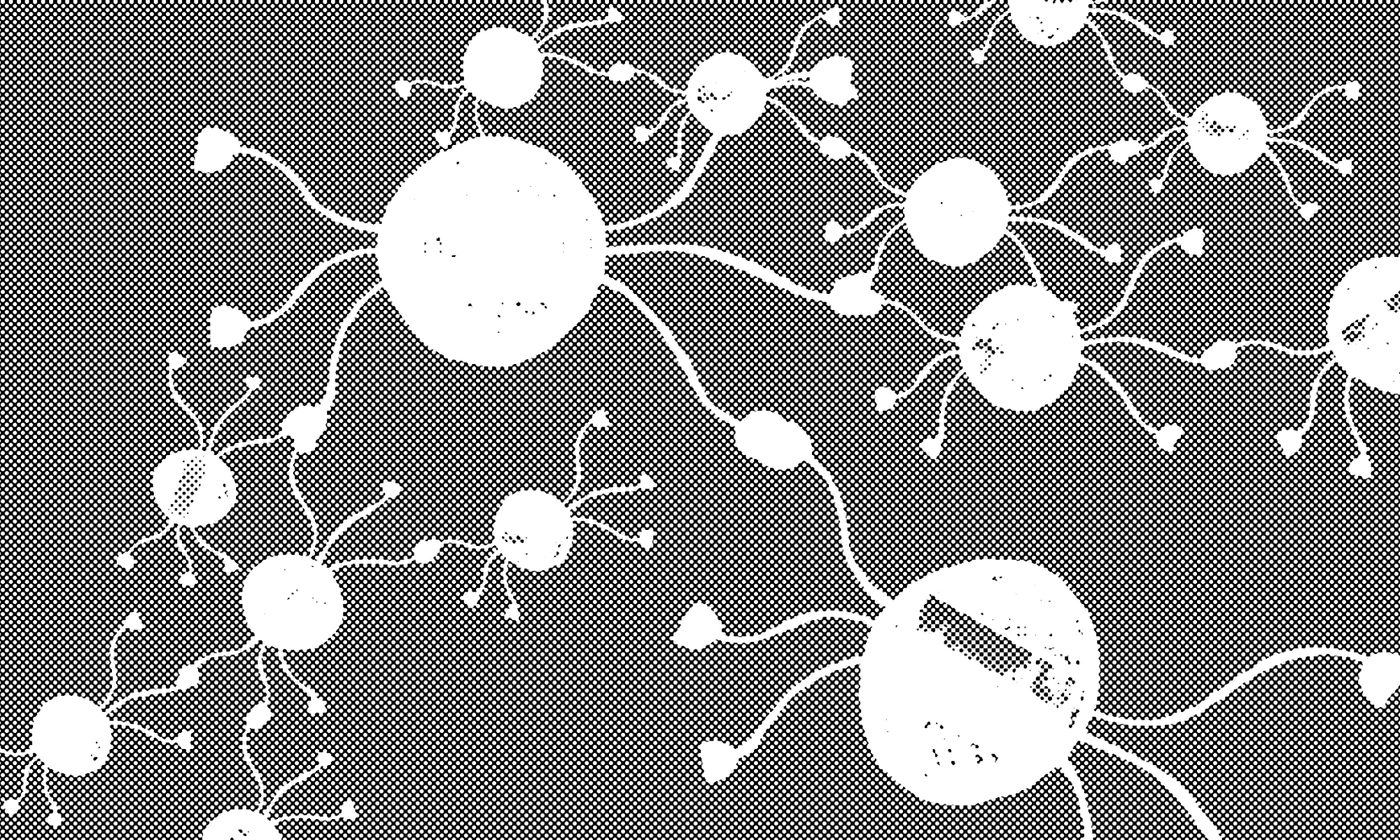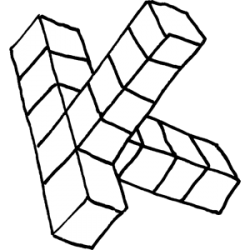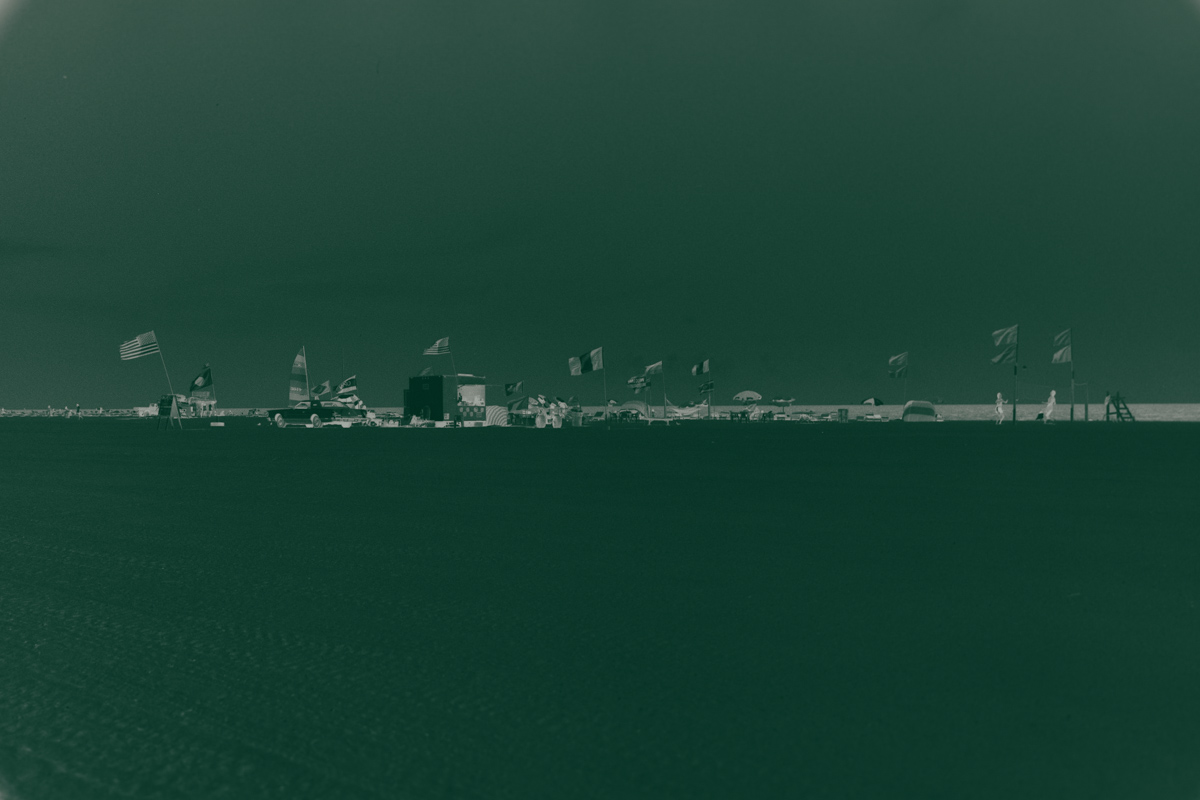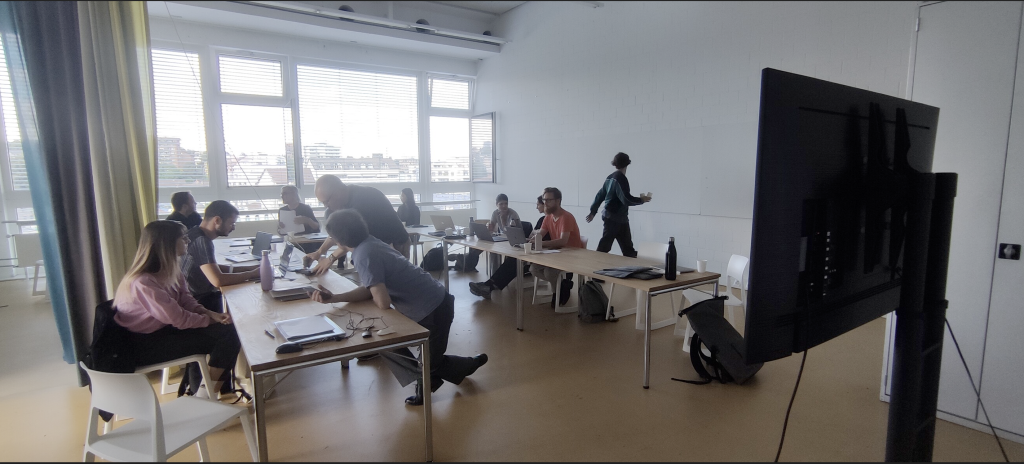We usually understand time as a linear process (I also understand circular concepts of time are in this sense as linear, as a straight line bent into a circle). How could time be imagined differently? The thesis of this text is that our perception of time is conditioned by the nature and constitution of our bodies, a body that has a digestive system in which the substances needed for life are primarily absorbed on one side and excreted on another. This text is meant as a thought experiment, not to postulate a truth, but as an inspiration to understand time in a different, non-linear, I would like to say, Korsakow-like way.
THE CONCEPT OF TIME OF THE EARTHWORM
Time seems linear. With the past on one side of a straight line and the future on the other. And in between is a point that symbolizes the now. The tiny, fleeting moment when everything that is takes place.

You could call it the earthworm’s concept of time. The earthworm digs through the earth, eating soil on one side and excreting everything it doesn’t need to be an earthworm on the other. In front of it, the substances that can be transformed into what keeps the living being alive. In front of it, the future (what will be earthworm), in front of it possible futures, because the earthworm can change the direction in which it moves.

Behind the earthworm the past, what has been discarded, what cannot or can no longer be used in the process of life, which is called “autopoiesis” by Maturana and Varela. Future can be understood as that which can be – that which can be building blocks for the living body.
Past in this sense is what has passed through the earthworm, what was part of the earthworm, within the body, and no longer is. The now in this picture is what is, what is body, what is in the body, whether it can be metabolized or not.

Now, of course, it is impossible to say whether an earthworm has a concept of time, but if it did, I would guess it would be a linear one.
THE TIME CONCEPT OF THE CELL
How would a cell perceive time? A cell is surrounded by a membrane that is permeable to the substances the cell needs to perform autopoiesis. The membrane is also permeable to waste products produced in the process of life, which are released through the membrane from the inside out into the environment. So the things that make up the future and past are in each direction around the cell and not, as in the earthworm, in the front and back. So past and future is not ordered in directions, but in all directions around the cell.
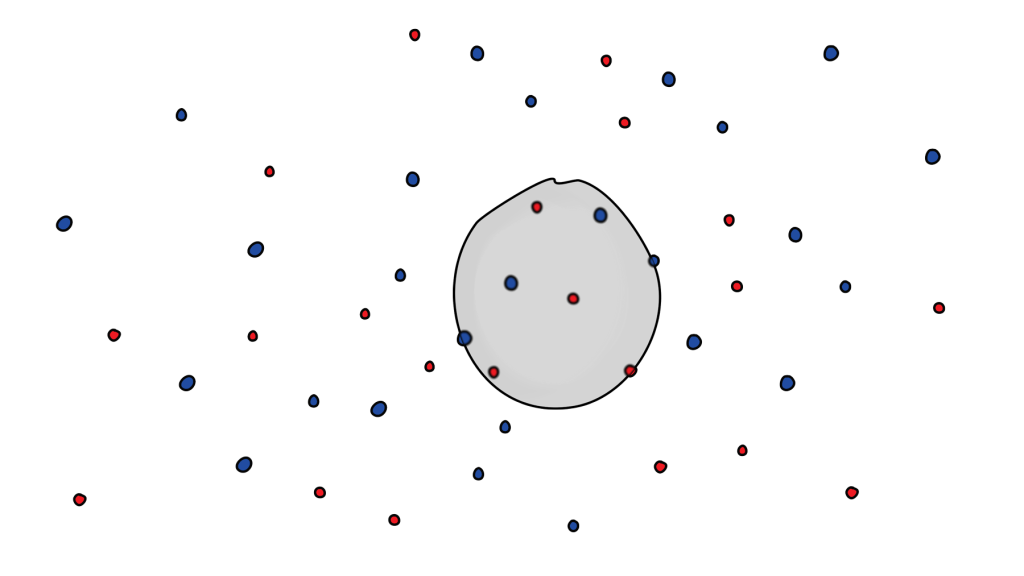
This time concept, “the time concept of the cell”, seems more plausible to me than the linear concept. Because it describes much better what I perceive when I observe myself thinking. It describes the “simultaneity” of thoughts of future and past while thinking
